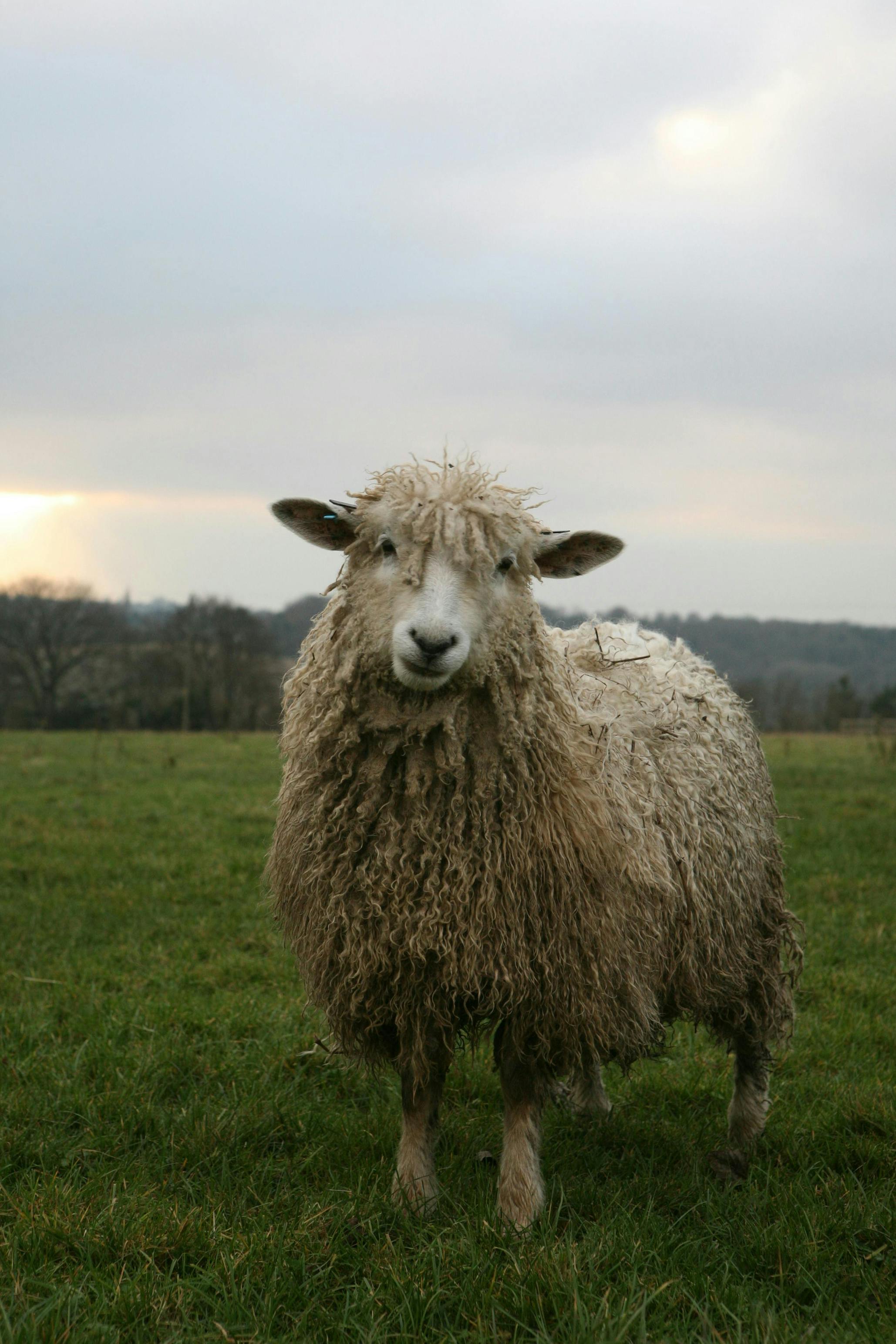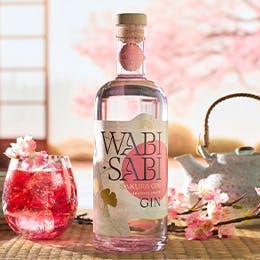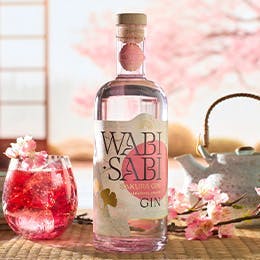Total flexibility, no commitment
A world of unique, crafted gins
Easy, free and reliable delivery

GIN OF THE MONTH: HOW LIMESTONE AND LAMB LED TO LIBATION IN THE COTSWOLDS
Below is an excerpt from the April 2015 edition of GINNED! Magazine about Cotswolds Dry Gin. Every month, Craft Gin Club members receive a bottle of amazing small-batch gins accompanied by GINNED! Magazine which is full of features about the gin, the distillery and loads of fascinating features.
As you drive towards the Cotswolds Distillery, through the meadows you’ll spot its two buildings, converted barn houses that now house the stills that make your Cotswolds Dry Gin as well as the visitors’ centre, spirits lab and gift shop. You’ll notice that just like the surrounding fields of barley, both buildings shine golden in the sun, a shine typical of the quaint villages and hamlets throughout the Cotswolds, a shine that originates with the yellow limestone abundant in the region.
The Cotswolds sits on a mass of this Jurassic limestone that evolved over hundreds of millions of years from fossilized corals and shellfish when the land we know now as England, Scotland and Wales sat in the tropical seas as part of Pangaea. The dramatic landscapes the limestone foundation creates give the Cotswolds it characteristic rolling hills and escarpments that have afforded the region the distinction of Area of Outstanding Natural Beauty, the second largest of 46 such regions designated by the government.
The bedrock also provides for quarries from which hail the golden stones that surround the Cotswolds Distillery stills. But these stones, and those of the charming buildings that have made the Cotswolds famous, may not have become so popular if it weren’t for the livestock that fed on the region’s unequaled grassy pastures created by the subterranean limestone: Cotswolds sheep.
FLAXEN FLEECE
A glance at the economic composition of today’s United Kingdom will show you a diversified nation whose resources spread across industry, services, agriculture, defence, etc. A glance six hundred years ago would paint a different picture, a picture dominated by very wooly sheep.
At its zenith in the 15th Century, it is estimated that the Cotswolds wool industry composed over half of the English economy, more than British industry and manufacturing ever have and much more than the financial services sector today which currently makes up about 10% of the economy. Like the golden stone that comes from the quarries, the Cotswold Lion, as the sheep were known, bears a golden fleece of very high quality easy to weave and dye.
The high demand for the wool in the centuries ranging from the Norman conquest through the 17th Century stretched to the continent to places such as Lombardy in present-day Italy and Flanders in today’s Belgium. As far back as the 12th Century, weavers in Flanders used to say, “The best wool in Europe is English and the best wool in England is Cotswold.” In recognition of the contribution of wool to the English economy, the Lord Chancellor’s seat in Parliament was made of wool. The warming sheep fiber became so crucial to the economy that the government attempted to prop up the industry as it began to wane in the 1600s by requiring all bodies of the deceased to be wrapped in wool before being buried, laws known as the Burial in Wool Acts of 1667 and 1678, acts that weren’t repealed for over one hundred years.
FLOCKING TO FAITH
With high quality and high demand comes high income, and the Cotswolds rose to become the wealthiest area of medieval England, a wealth that resulted in one of the region’s main attractions, its buildings. The money coming into the region provided the funds for increased quarrying of the limestone bedrock as well as the means for wool merchants to construct edifices made of these rocks, edifices which today drive tourism. One example in the village of Bibury is Arlington Row, a line of buildings constructed in 1380 to store wool and which were later converted into cottages for the wool’s weavers.
When rich merchants sated the need for practical buildings to support their trade, they turned to constructing architectural masterpieces of a more spiritual nature: churches.
Wool Churches, as they became known, were often erected with the proceeds of a few families in their respective villages that sought to demonstrate their growing wealth while providing their neighbours with improved places of worship. Made with Cotswolds golden limestone, they were often built on top of churches of less grandeur. For example, the Church of St. Peter and Paul in the village of Northleach dates back to the year 1100 but was reconstructed with Gothic architecture in the 14th Century with the majority of the funds coming from a local wool merchant, John Fortey, whose image remains engraved in the stone of the church’s floor today. The church includes an additional reference to the wool trade in a monumental brass portraying a wool merchant and his wife.
With the churches, the villages and the sheep that shine golden in the sun, the 38 million people that flock to the Cotswolds every year and that have made tourism the region’s primary source of income have no shortage of picturesque sites from which to choose. Now they have one more, one that is just as picturesque and unique to boot. The team at the Cotswolds Distillery has established what it calls “one of the smallest but prettiest distilleries in Great Britain”. It is also the only distillery in the area, one that promises to evolve into one of the leading players in the UK’s craft spirits movement and that makes the perfect stop off for tourists finishing a long day of touring with a relaxing glass of Cotswolds Dry Gin.







